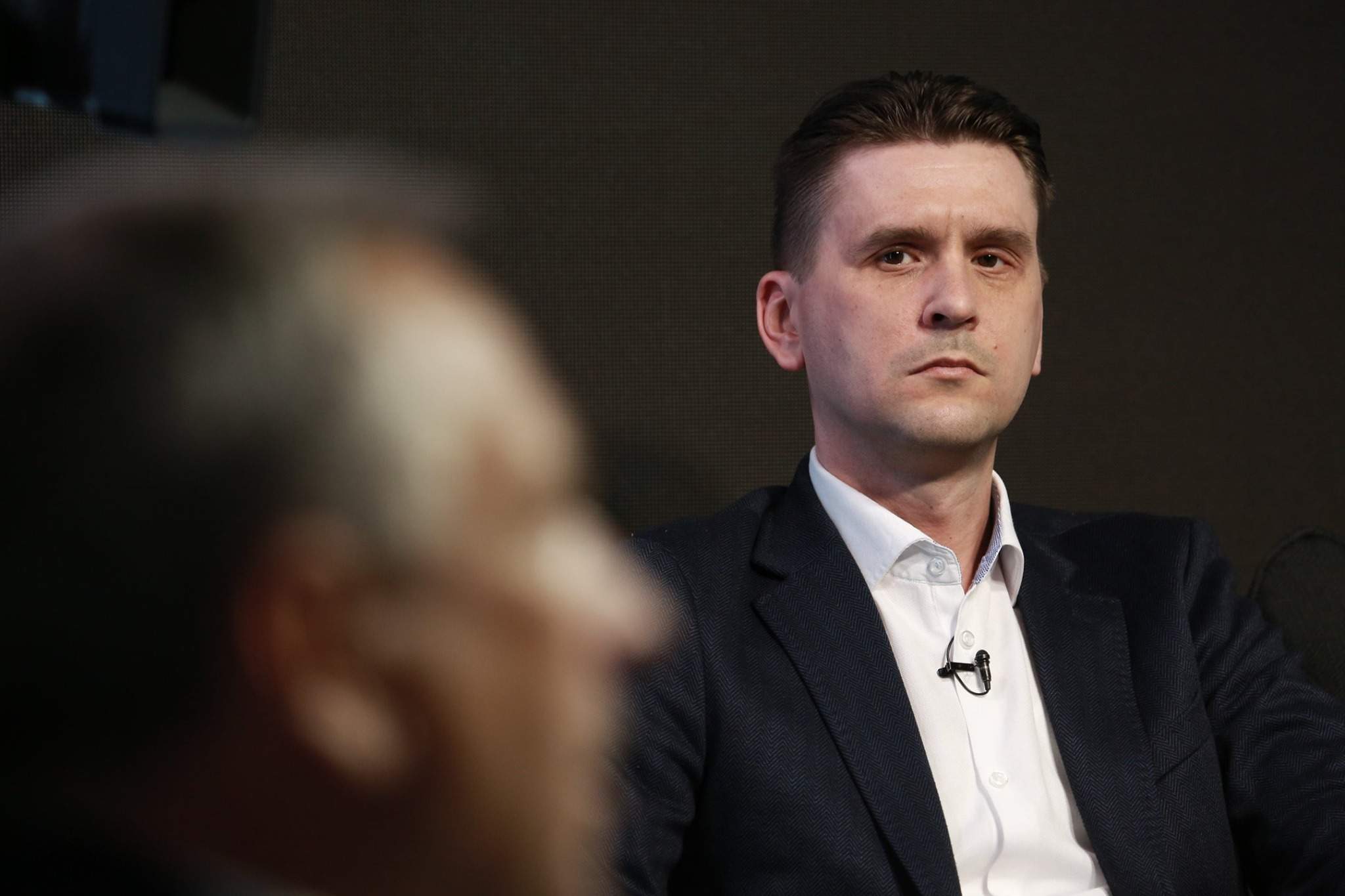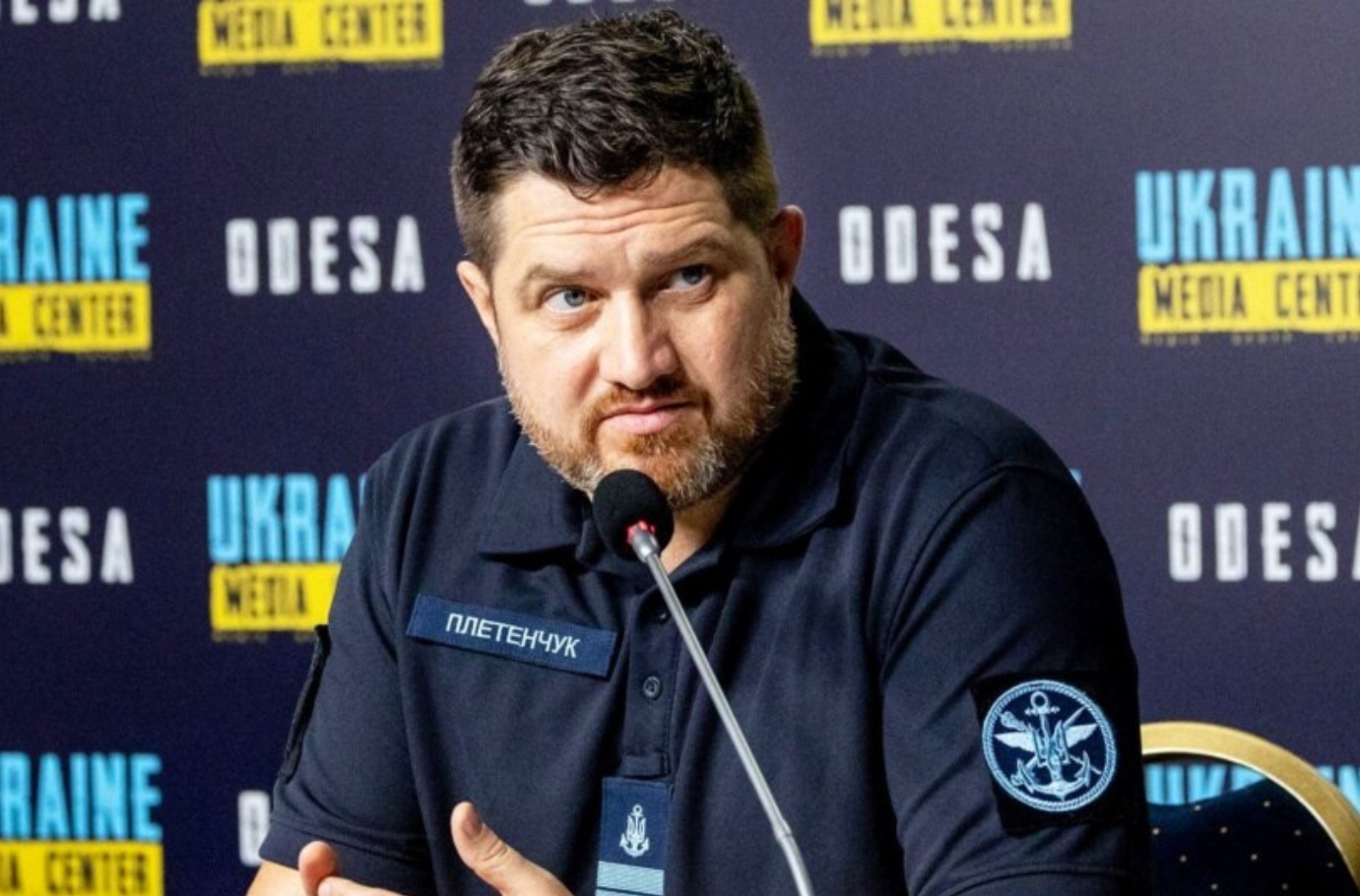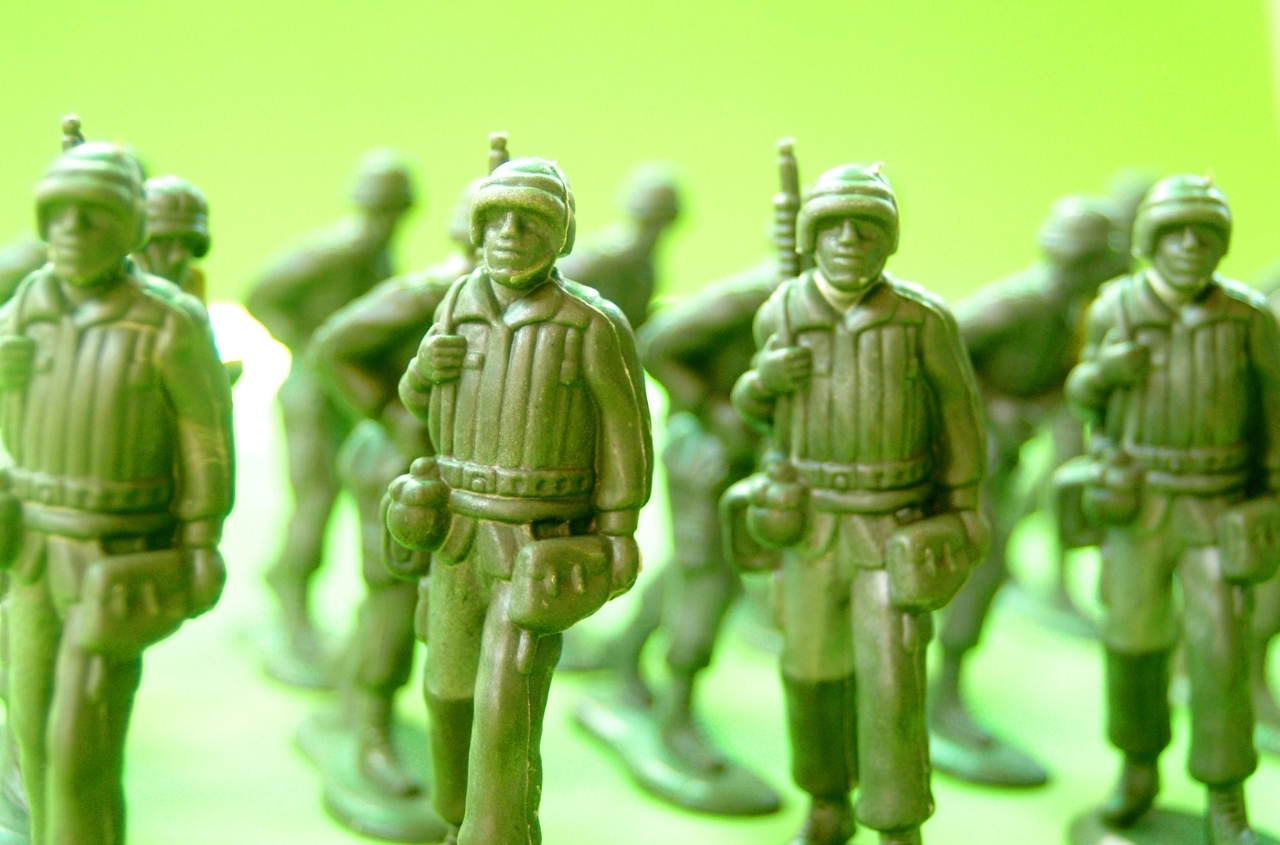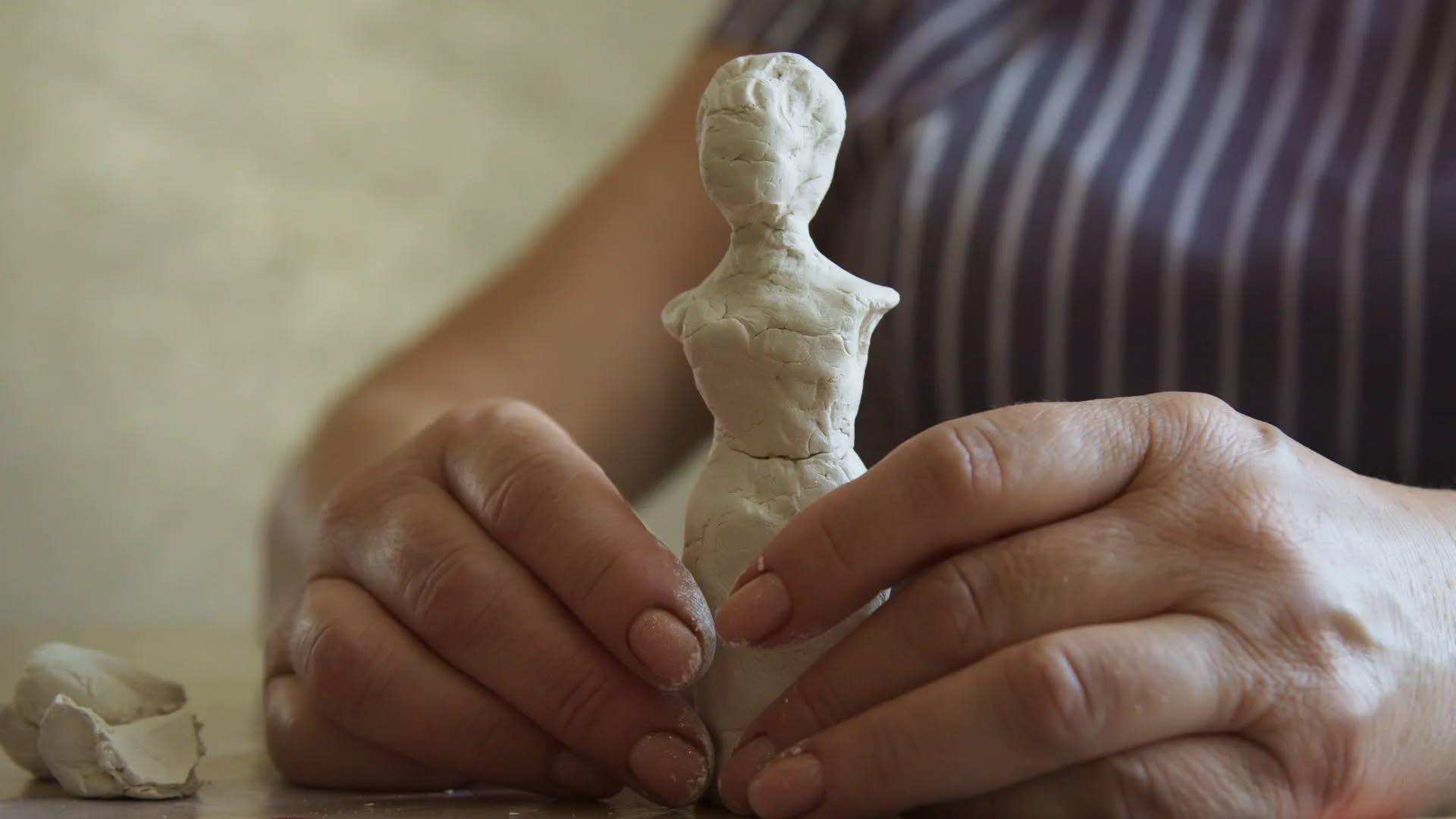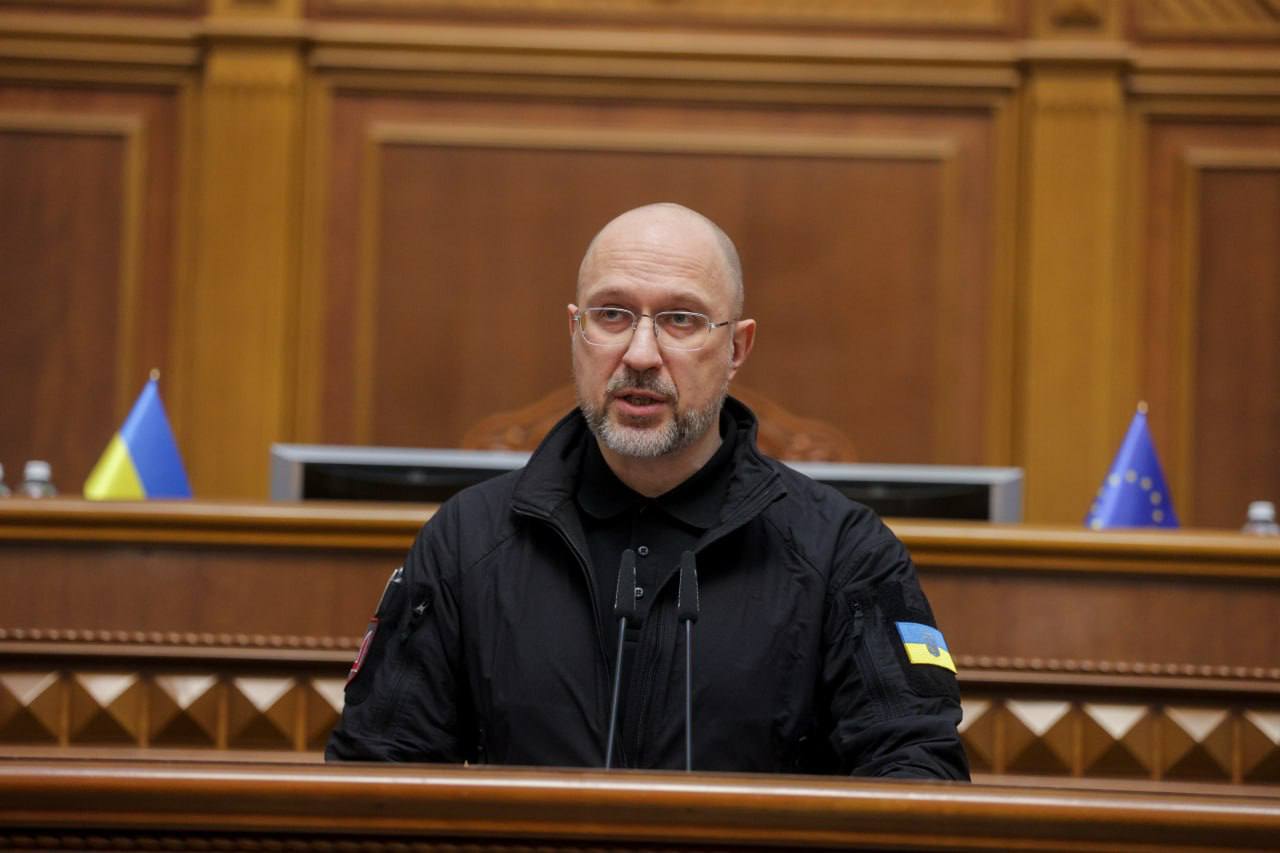By Alexander Kovalenko for Oboz
In recent days, a number of media outlets, experts, and official spokespersons have voiced the version that Ukrainian forces will be able to launch a counteroffensive in 2025. However, there is also an opposing opinion.
After the extremely ambiguous results of the summer counteroffensive in 2023, many people are experiencing a persistent skepticism regarding the ability of Ukrainian forces to replicate something akin to the Kharkiv operation or the expulsion of Russian forces from the right bank of the Kherson region. However, in 2024, against the backdrop of the "endless" offensive by the occupation forces, an event occurred that knocked the chairs out from under the seats of Russian generals—the Kursk operation.
This operation demonstrated the vulnerability of the Russian army in countering maneuver warfare, as well as its limitations in the absence of a stabilized line of combat engagement.
Kursk Operation
For more than two months now, Ukrainian forces have continued to successfully hold the control zone in the Kursk region of the Russian Federation. Despite having numerical superiority and being on their own territory, Russian forces have not demonstrated any spectacular results during the counteroffensive that began on September 10.
As of today, the average area controlled by the Ukrainian Defense Forces in the Kursk region is approximately 1,100 km².
This has been made possible by the fact that in the conditions of maneuver warfare, the Russian army loses its main trump card—artillery. Now, Russian forces are facing catastrophic losses in equipment, main battle tanks (MBTs), and armored fighting vehicles (AFVs), forcing them to compensate for mechanized losses with a larger mobilization of human resources. However, the situation with artillery is somewhat better for the Russians than with MBTs and AFVs. After all, the USSR was the world's largest producer and operator of artillery systems.
The shortage of artillery, by the way, will begin to acutely manifest in the Russian occupation forces precisely in 2025, but for now, they are managing with the rapid decommissioning of the towed artillery systems they inherited from the USSR. The issue is that in modern maneuver warfare, a towed howitzer is more of a burden than a formidable means of destruction.
In stabilized areas of combat, primarily in the combat zone in Ukraine, Russian artillery continues to have superiority, but in the Kursk region, its effectiveness is declining significantly.
Furthermore, strikes by Ukrainian special operations forces on the arsenals of the Russian Ministry of Defense's Main Rocket and Artillery Directorate have also affected the supply of ammunition to artillery units.
As a result, Russian forces in the Kursk region are forced to operate using the superiority of human resources and the dominance of tactical aviation in the air, utilizing guided aerial bombs (GABs). Yet again, in maneuver warfare conditions, GABs are not effective, just like towed artillery.
Yes, to obliterate a static city with one-and-a-half-ton bombs and to breach positions on stabilized combat lines is one thing, but hitting a forest area where there may no longer be anyone, and with a high probability of missing, is quite another.
These are some of the factors why the Kursk grouping, which significantly exceeds the Ukrainian forces, is unable to achieve any notable results. The main tools it has been accustomed to using for creeping offensives are ineffective in maneuver warfare.
So, what is the point of all this prelude?
Three Problems of 2025
In the coming year, the Ukrainian Defense Forces will face three main problems that need to be addressed through another adaptation of combat tactics.
The first problem is well known to us—numerical superiority of the enemy. I have written and spoken about this repeatedly: Russian forces are preparing to fight in 2025 primarily with human resources, due to the depletion of their mechanized component.
By the third year of the full-scale war, the losses of main battle tanks (MBTs) and armored fighting vehicles (AFVs) in the occupying forces have reached historically irrecoverable levels. Russia will never be able to compensate for the losses of equipment sustained in the war against Ukraine. Therefore, the primary focus will be on manpower. But not only that.
The second problem for the Ukrainian Defense Forces will remain Russian tactical aviation and the systematic improvement of the universal module for planning and correction (UMPC) for guided aerial bombs. The greatest threat may arise from the integration of a jet engine into guided aerial bombs, which will significantly increase their operational range. In some cases, these bombs will be used as a substitute for artillery, which is quite effective when engaging static targets along a stabilized line of contact.
The third problem—artillery—has been, is, and will remain a concern in 2025. Of course, this mainly involves towed artillery, and we are already seeing not just rare but unique Soviet howitzers and divisional guns being retrieved from the deepest depths of arsenals and storage facilities. But as long as they can do this, the artillery systems will continue to fire.
In essence, people, guided aerial bombs (GABs), and artillery are the main problems the Ukrainian Defense Forces will have to address tactically. They need to start thinking about scenarios and methods for solving these issues now, to avoid situations similar to the tank hangar…
However, all these problems exist under a stable line of combat engagement. What if it disappears?
Unstable Lines of Combat Engagement and Conclusions
As seen in the Kursk operation, under conditions of an unstable line of combat engagement, Russian forces are unable to fully leverage their numerical superiority and the available (still abundant) means of destruction. From this, we can draw a rather prosaic conclusion… If the functionality of the occupying forces is limited to a stable line of contact, then it must be destabilized, and the effect of maneuver warfare should be transferred to one of the footholds in Ukraine.
Breaking through the line of contact and advancing to the second or even third line of defense can create enough chaos in the enemy's ranks. There is nothing new in military science about this, although there are specific aspects related to the enemy's capabilities. What he is strong in can be turned against him.
Unfortunately, in the summer of 2023, it was not possible to fully realize such a scenario—largely because the stage of depleting Russian forces was insufficient. Now, we are entering the phase of the war where the limited capabilities of the enemy, even with their numerical superiority, will not allow them to maintain a high level of offensive operations, as well as severely limit their defensive capabilities.
Of course, implementing such a counteroffensive plan on one or another foothold will only be possible with full technical support for the attacking side. As is known, the Ukrainian Defense Forces primarily depend on supplies of the appropriate tools from international partners.
Therefore, one can discuss for a long time whether a counteroffensive by the Ukrainian Defense Forces is possible in 2025, but ultimately, it all comes down to the question of support and the availability of the necessary range of tools.









